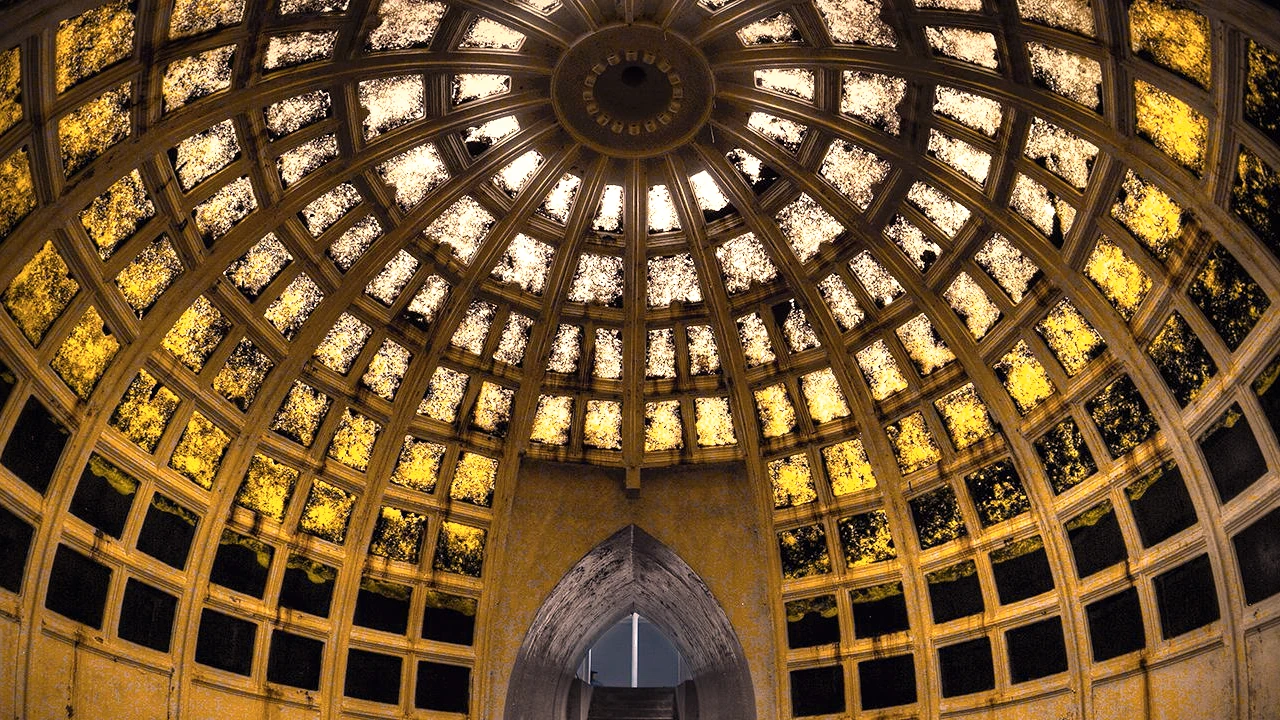Upon first glance, Britain's Witley Park in Surrey is just like any other extravagant mansion, but there's much more to this Victorian masterpiece than meets the eye. From the secret underwater ballroom to dramatic suicide deaths, the story behind the man who built the mansion is surprisingly tragic.
Shady entrepreneur James Whitaker Wright
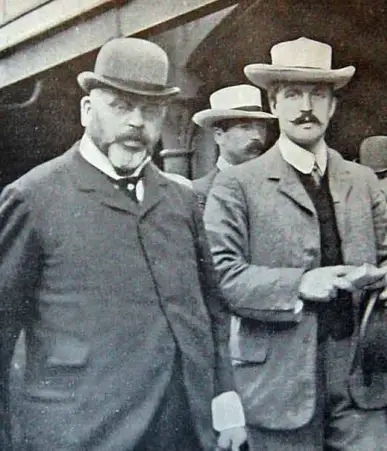
Long before J. Whitaker Wright built his sprawling mansion in England, he was just a bright-eyed son of a Methodist Minister. Wright was the eldest of five children, and one of his younger brothers actually went on to invent the reversible trolley pole, a device that emits electricity from a wire to the motor of a trolleybus. Wright moved to North America after his father died in 1870, and he promptly got to work building his family fortune.
Wright invests in silver mining companies
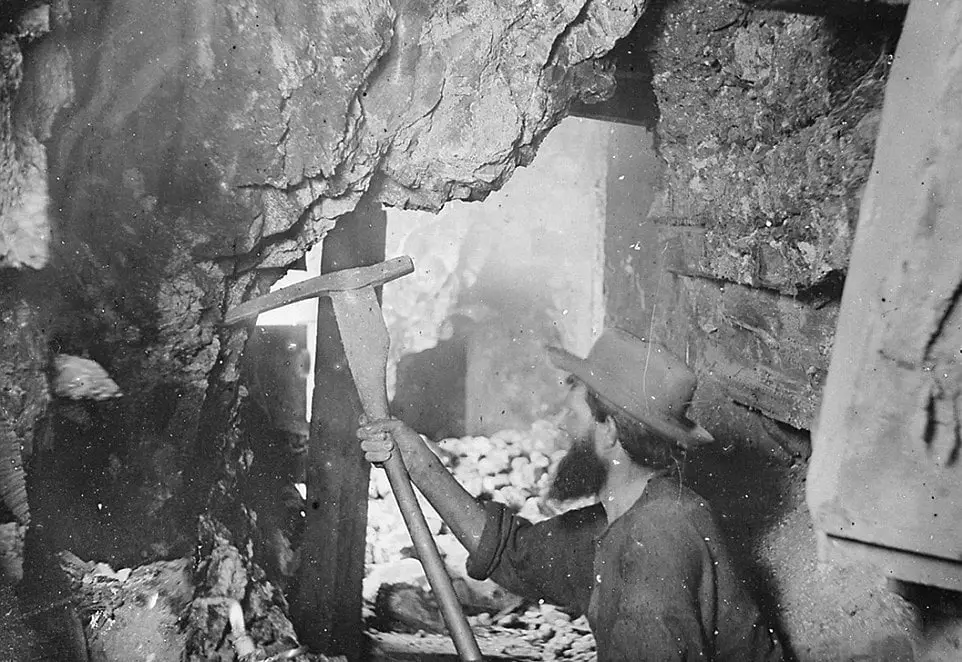
Wright was one of the early investors in the silver-mining market, and initially made a fortune promoting such companies in Colorado and New Mexico. Suspiciously, Wright made a huge profit from the silver-mining companies while his shareholders barely saw any income from the investment. After making a large amount of money in the United States, Wright moved back to England and started drafting up the plans for his epic mansion.
Shady companies lead to a con artist's retreat
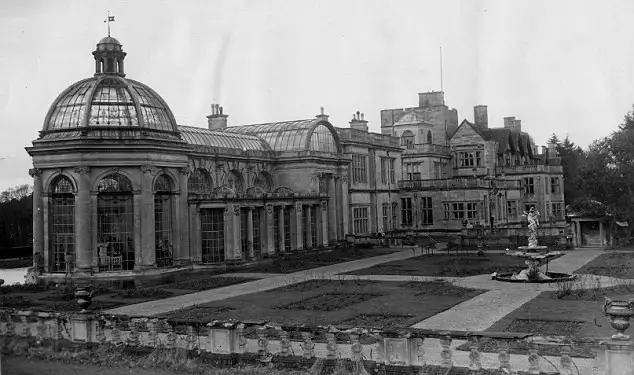
While back in England, Wright started a new shady company floating stocks and bonds for the mining industry. He also purchased the huge estate Lea Park in Surrey. The home had 32 bedrooms, 11 bathrooms, and was surrounded by lavish gardens and several large reflecting pools.
Expanding the estate to Whitaker's desires was no easy feat. Whitaker had a crew of 600 workmen level out hills that obstructed his view, dig out four lakes, and move his possessions into the sprawling mansion. Some of his most notable possessions were considered true treasures; he had several Italian statues, and one bronze dolphin head that was so big it got stuck under a bridge on the way to his home.
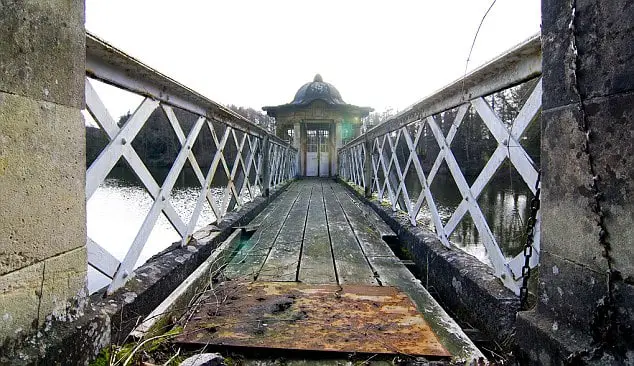
The mystical lake that inspired Whitaker
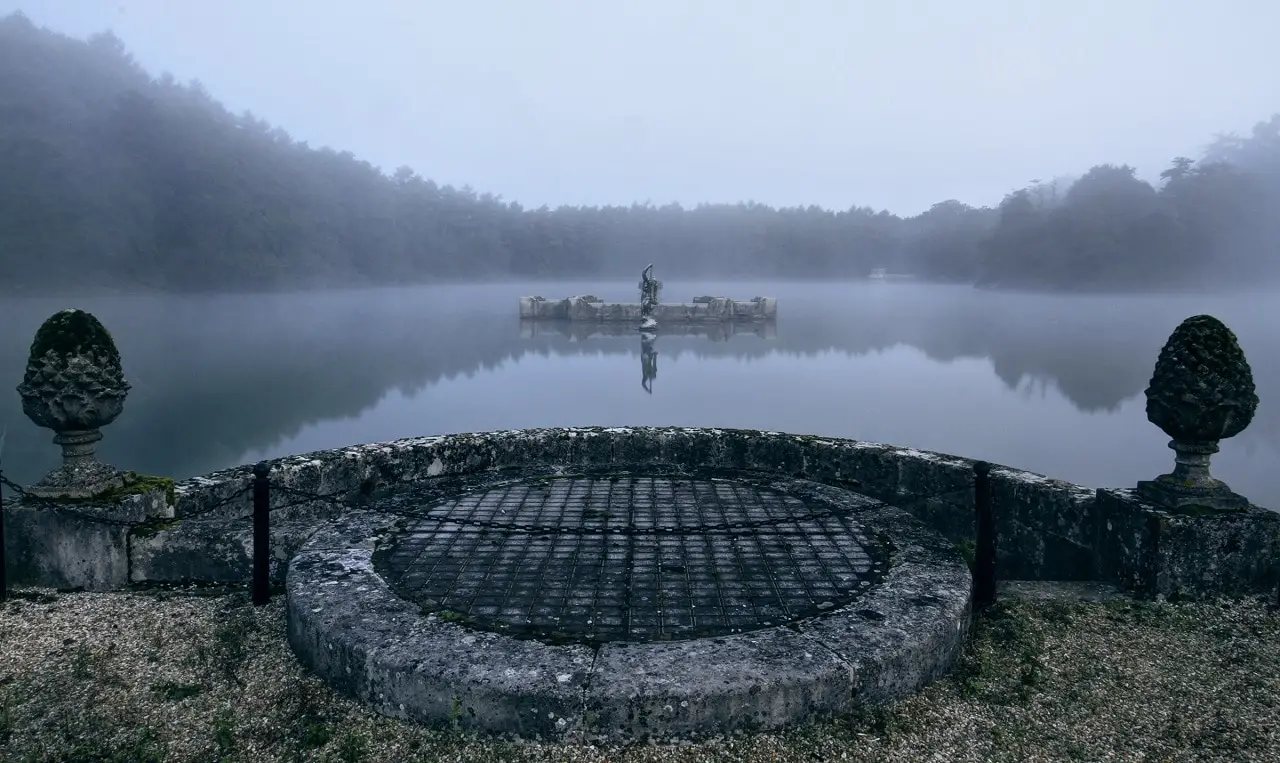
Wright was so inspired by the lake surrounding the estate he decided to build an underground ballroom so he could admire the light shining through the water. On the very top of the ballroom dome, he had a Neptune statue installed so that it looked like the statue was walking on water. Wright was also very secretive about his underground entertainment space, so the Neptune statue was one of the few clues guests had to look for when heading down to his underwater hangout.
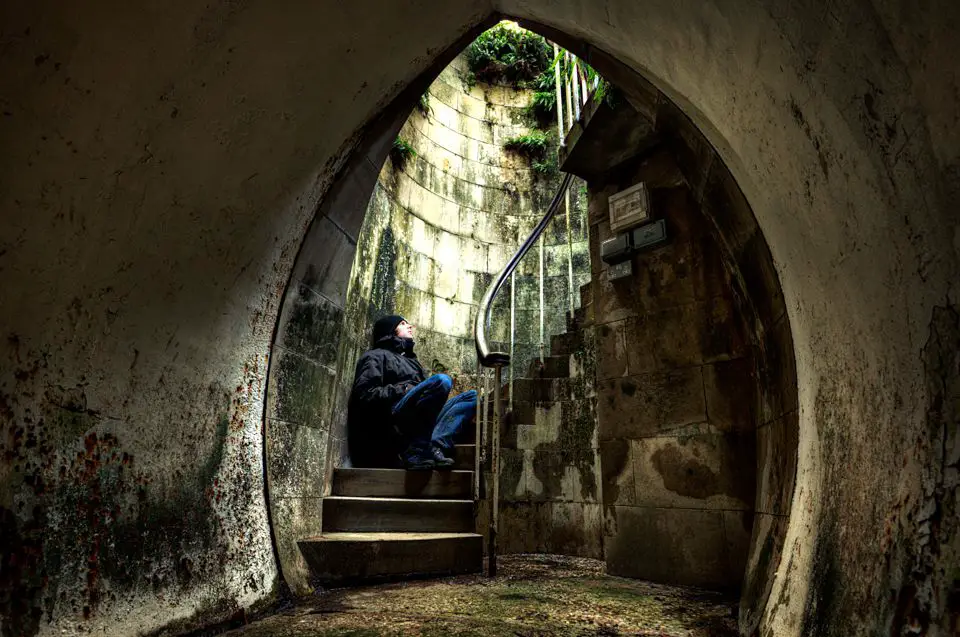
Whitaker's stunning underwater dome
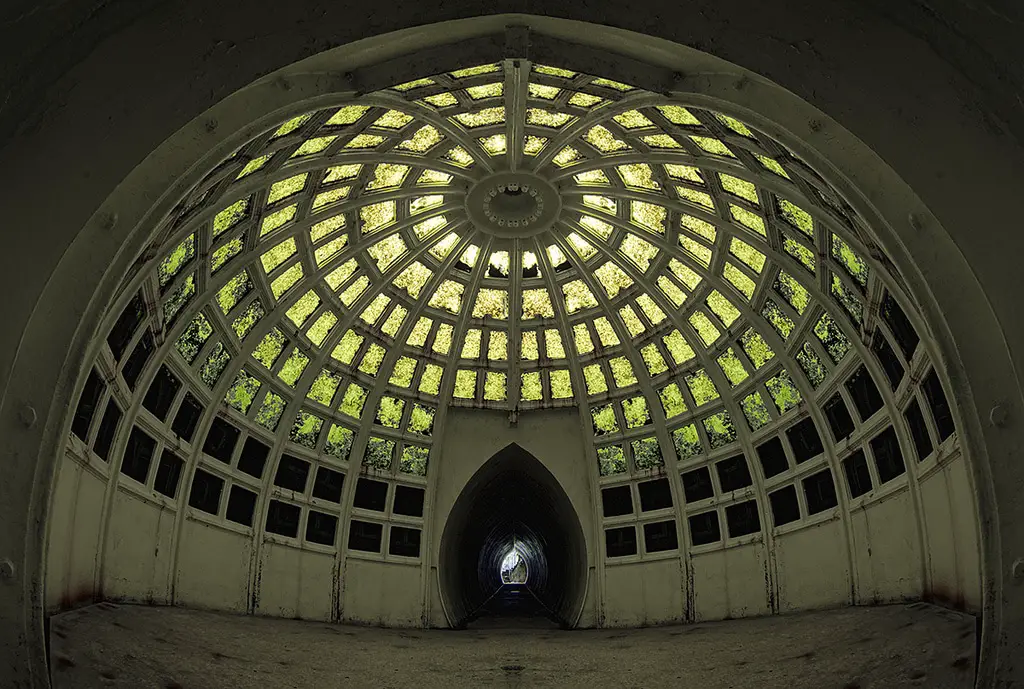

To get to the underwater ballroom, the guests had to walk down a damp corridor of stairs and get into a 400-foot long subway that led them to a 30-foot high glass chamber. The ballroom had an ornate tile floor, extravagant furniture, and the effect of the underwater view was not lost on most guests. When light shone through the murky green water it was a spectacular sight; guests also enjoyed watching the fish scurry by the glass pane windows.
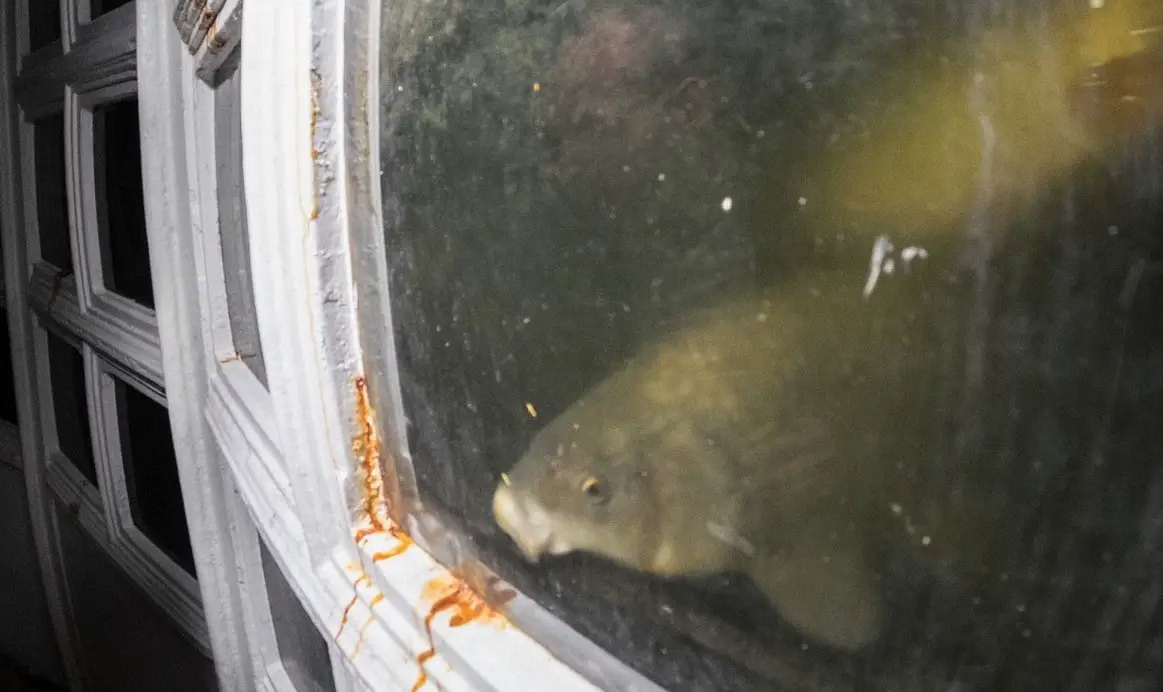
If one of those windows broke, it would be just five minutes before the entire dome filled with water.
A pleasure-seekers yacht
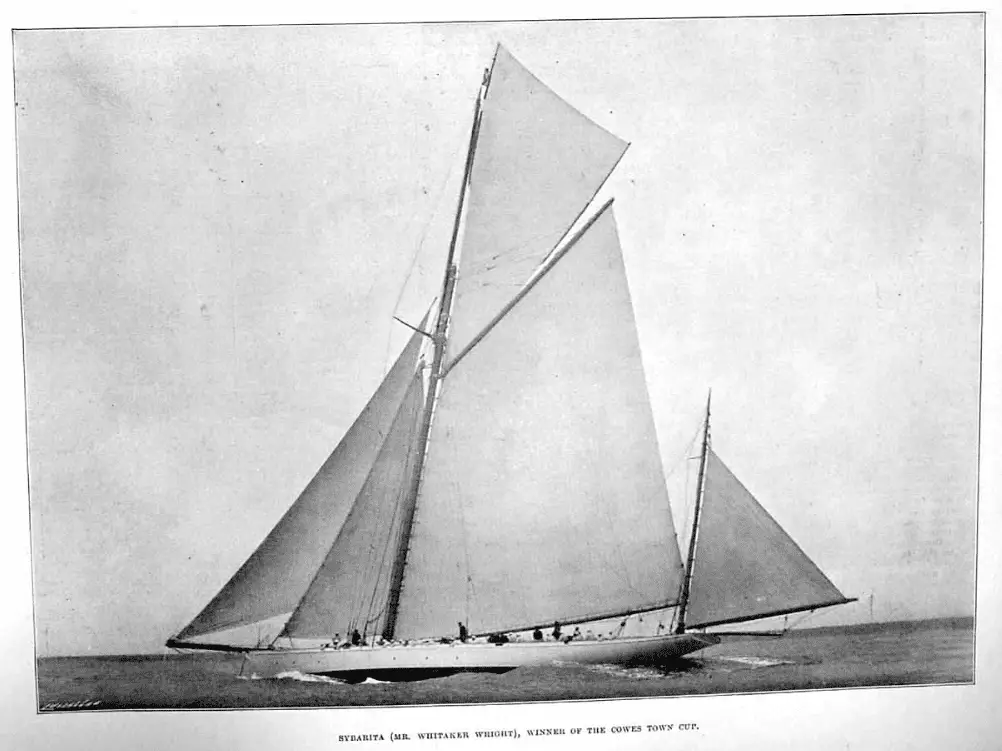
While Whitaker was obsessed with making his home in Surrey look like a museum, he also had a house in London and a yacht called Sybarita, or pleasure-seeker, which he kept at Cowes. Once, Whitaker even raced Kaiser Wilhelm II's yacht in the Royal Yacht Squadron and won.
Whitaker was a pushy businessman and was good at getting people to go along with his schemes. But his business was volatile. Within a few years, Whitaker lost and regained his fortune. One moment, he had more money than he knew what to do with, and the next he was completely broke.
Remains of the underwater ballroom
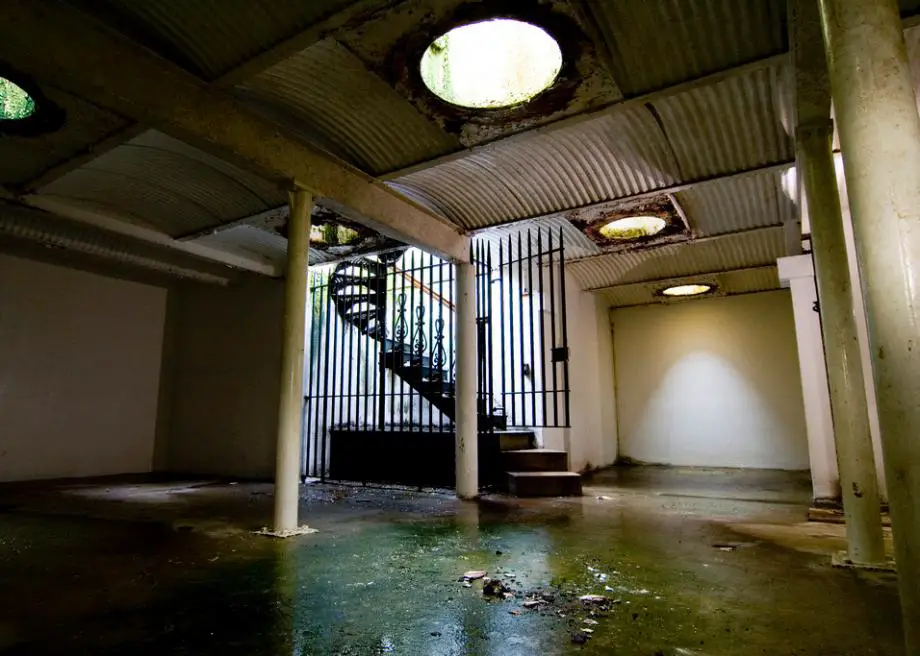
The underwater ballroom was Whitaker's final addition to his decadent fantasy world. Soon after the mansion was finished, Whitaker started to face financial trouble once again. By 1897, he was deeply entangled in several crooked schemes. He had set up a few companies to lure in his new aristocratic contacts, and while his business was doing well on the surface, behind the scenes he was manipulating the share price and shuffling his debts around between his many companies.
Whitaker goes bankrupt after investing in the Bakerloo Line
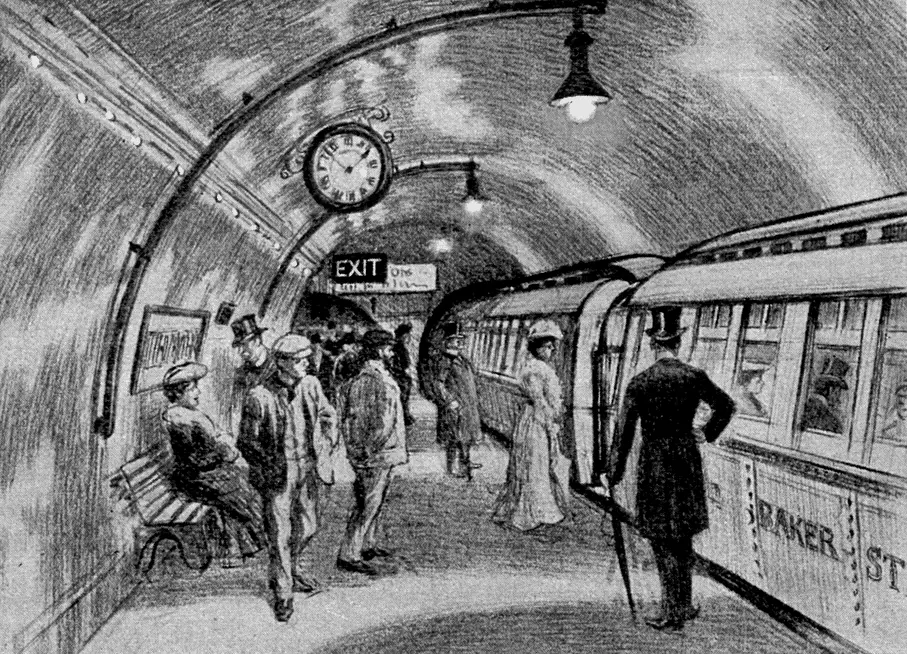
In the end, Wright was caught when he had a £600,000 (~65 million in modern USD) loss that he couldn't hide. The investment was lost on the new Baker Street and Waterloo Railway. Today, the railway is known as the Underground Bakerloo Line. The project deeply strained Wright's resources, and before long, allegation of fraud started popping up.
By 1900, someone discovered that Wright had committed some pretty serious white-collar crimes. Towards the end of the year, Whitaker's empire collapsed and he fled persecution by running off to Paris.
Whitaker commits suicide in court by cyanide pill
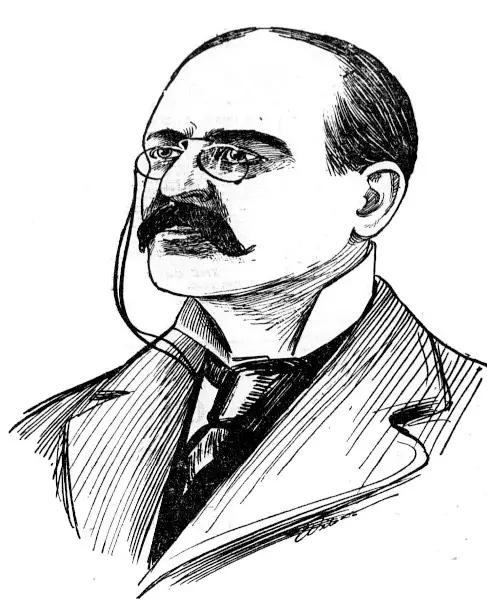
In January of 1903 the Wright estate was declared bankrupt, and investors were trying to locate Wright so he could be thrown in jail. Luckily for the investors looking for Wright, one of England's rising barristers, Rufus Isaacs, was put on the case. Isaac was ruthless in his investigation, and the case The King v. Whitaker Wright became his crowning achievement.
When Wright was located, he was convicted of fraud and given a seven-year prison sentence. Immediately after the hearing, Whitaker went to the restroom, took a cyanide pill, smoked a cigar, and then died.
The Whitaker estate is purchased with ties to the Titanic
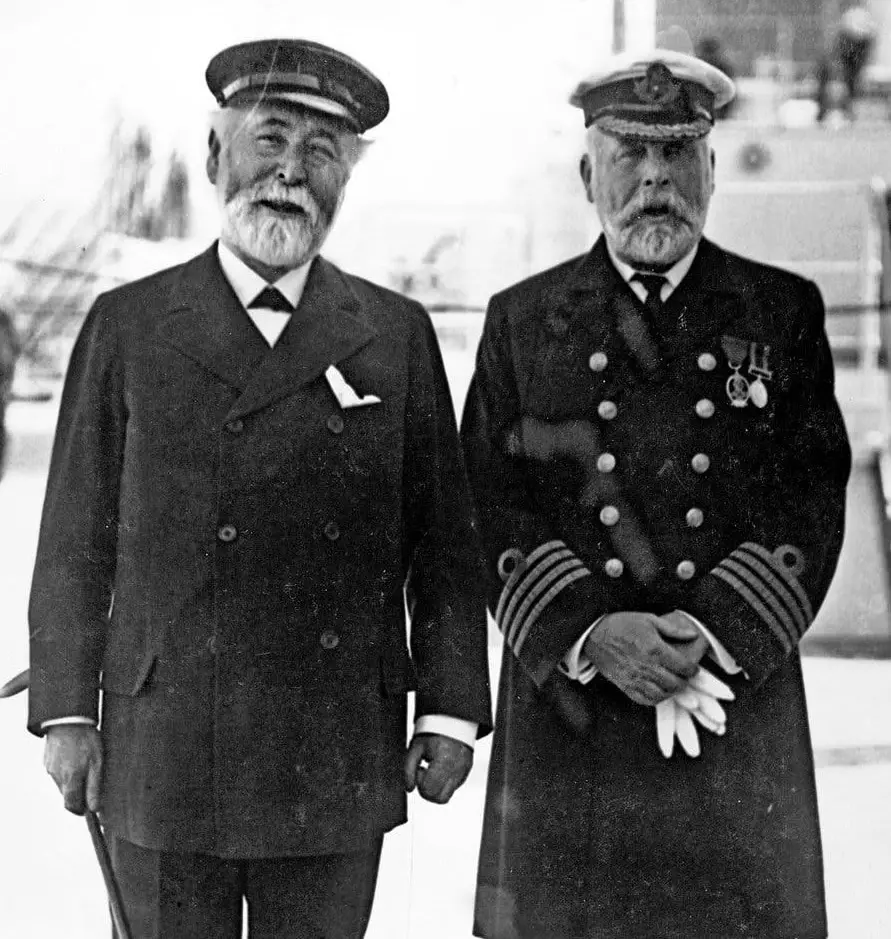
After his death, Whitaker's estate sat for several years before it was placed on auction. Eventually members of the community came together to purchase the estate and donate it to the National Trust.
An Irish businessman, William Pirrie, eventually purchased it. Interestingly, Pirrie was chairman of Harland & Wolfe, the company responsible for building the RMS Titanic. Pirrie's nephew was the designer of the RMS Titanic, and died in its maiden voyage.
The estate is liquidated then mysteriously burns down
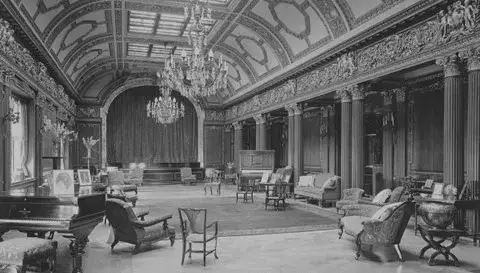
After Pirrie died in 1924, newspaper baron Ronald Huggett purchased the estate. Huggett made most of his money buying and liquidating the massive art collections found in estates just like Wright's.
In 1952, the entire mansion burned to the ground when a fire broke out in the underwater ballroom. Although much of the estate was destroyed, the underwater conservatory and tunnels remained in tact.
The conservatory under the lake is still there, but it's not accessible to the public. The site became a popular destination for urban explorers at one point, but it's now been protected with a heavy-duty padlock and an alarm system.

